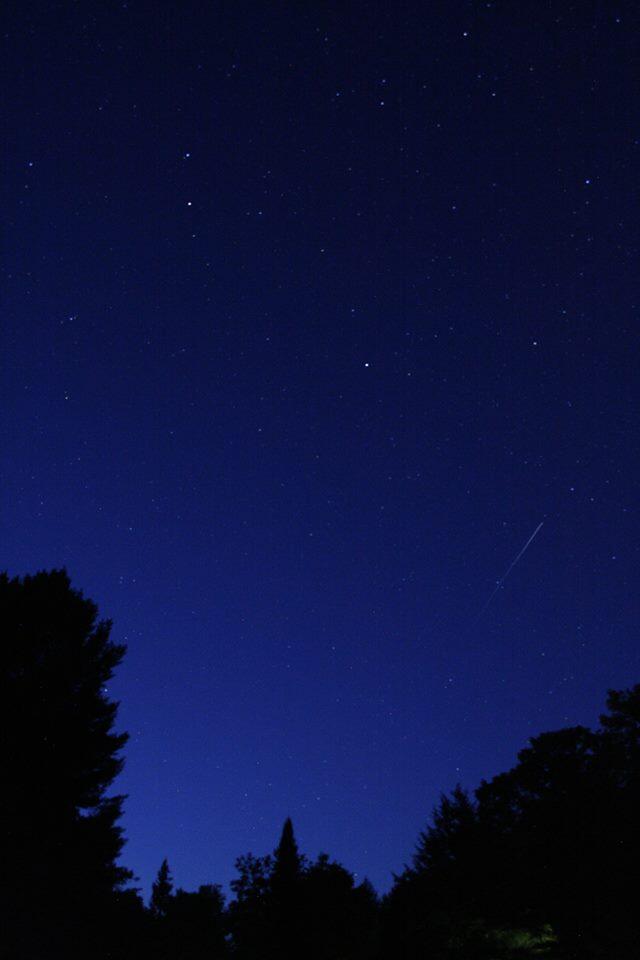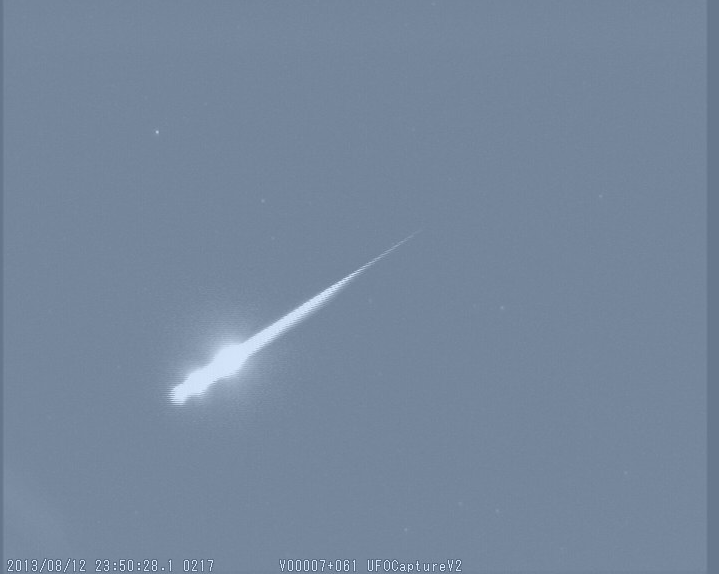Perseids 2013 Meteor shower PHOTOS: Skies dazzle as cosmic light show peaks [TIME LAPSE VIDEO]
The 2013 Perseid Meteor Shower did not fail to disappoint star gazers last night as the cloudless skies and absence of moonlight provided the perfect stage across England.
Star gazers have been posting their own photos of the cosmic light show on Twitter.
On August 12, the meteor shower peaked at its brightest with over a hundred shooting stars, or "falling stars" being witnessed per hour by enthusiasts.
The Perseid Meteor Shower started on July 17 and although it will continue until August 24, but it was at its brightest peak last night, with shooting stars and lights streaking across the dark skies.
The Perseid meteor shower occurs in July and August as the earth orbits through the debris of the Swift-Tuttle comet. Chucks of debris - rocks made of iron-nickel and other minerals - gets pulled into the earth from our planet's gravity, which turns into balls of hot gas when entering Earth's atmosphere. The meteors entering the earth when darkness falls come from the constellation Perseus.
The Perseids strengthen in number as the night deepens into midnight and "typically produce the most meteors in the wee hours before dawn," according to EarthSky.
This year's Perseids is all the more special because the crescent moon, Jupiter and Venus will align together just as the Perseids peak. According to NASA, "The alignment occurs in the eastern sky before sunrise on the three mornings of highest meteor activity."
The meteors and comic debris entering into Earth are tiny, traveling at speeds of up to 160,000mph, which creates a "train or tail" when entering Earth's atmosphere.
See photos of the dazzling star show below:
















